As the opening act to the grand unveiling of the long-awaited HoloLens 2 at Mobile World Congress Barcelona on Sunday, Microsoft showed off the standalone Azure Kinect time of flight sensor, which also happens to supply the improved human and environmental understanding capabilities of the next-generation augmented reality headset.
Initially introduced last May, the Azure Kinect developer kit is now available for pre-order for $399, which is in line with similar peripherals like the Occipital Structure Core.
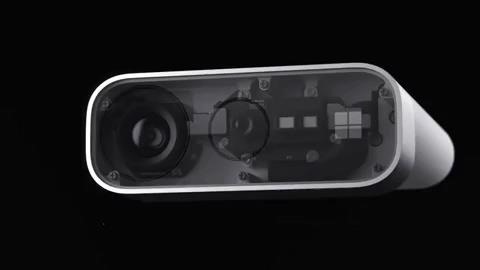
Of course, the Kinect name is familiar to gamers and consumers as the motion detection peripheral for Xbox and Windows. While Microsoft has discontinued the product as a consumer product, the depth sensor has been the key behind the spatial mapping capabilities and gesture recognition of the original HoloLens.
In its latest incarnation, Azure Kinect serves not only as the depth sensor for HoloLens 2 but also as a connected device for enterprise businesses. The standalone device includes a 1MP time-of-flight sensor and a 12MP CMOS sensor with a rolling shutter for the RGB camera along with an array of seven microphones that can act as the eyes and ears for any computer.
According to published technical specifications, the device is compatible with Windows 10 and requires a computer with at least a seventh-generation Intel CoreTM i3 processor (dual core 2.4 GHz with HD620 GPU or faster), 4GB memory, and a dedicated USB3 port.
The device, along with its software development kit, enables users to integrate environmental understanding into modern factories, retail stores, and even hospitals. According to a video published by Microsoft, the company granted early access to Azure Kinect to just three companies. One of those companies, Datamesh, is a data visualization company based in China that uses augmented reality to train first line workers in the manufacturing industry.
"In China, the manufacturing industry has 400 million industry workers, but only 5% of them are technology enabled," said Jie Li, CEO of Datamesh, in a video (below) illustrating how the Azure Kinect can be used by business owners. "Microsoft is building an ecosystem and we're seeing there is a great potential in training, in quality checking, and also how we can detect an object for mixed reality."
Meanwhile, AVA Retail has integrated Azure Kinect into its autonomous store technology.
"Azure Kinect provides you those two main components — the audio that's happening in the space, as well as the video — and the accuracy of that sensor has been one of the best," said Atul Hirpara, CEO of AVA Retail, in the same video. "Also, because the field of view is bigger, it can cover more area with a smaller device."
Finally, the video shows how Ocuvera produced a fall prevention system for healthcare facilities that uses computer vision to detect patients who are at risk of falling in real time, a solution that Microsoft CEO Satya Nadella referred to during the company's presentation at Microsoft's Mobile World Congress event.
"We've used probably every depth camera that's been built in the world. There's no other camera that could do what we needed. We're the only computer vision-based fall prevention solution in the market," said Steve Kiene, CEO of Ocuvera. "This camera is a game changer in every way, and if you step back, if you think emotionally about what you can do, you will come up with amazing things that people have never thought of to do, and you can do it with Azure Kinect."

While Microsoft has positioned HoloLens 2 as the new wave of modern computing for enterprise businesses, the Azure Kinect stands as the solution for engineering and operations teams that design infrastructure for these businesses. It's a fitting double duty role for the latest incarnation of Kinect, which, even in its original life as a gaming peripheral, was a popular toy for tinkerers as well.
Although the Azure Kinect is designed for the business world, it could easily find its way into the DIY AR headset ecosystem, where projects like the Leap Motion Project North Star use innovative means to build new AR devices. It will be interesting to see how some members of the maker community will integrate the device into their projects in the coming months and years.
Just updated your iPhone? You'll find new emoji, enhanced security, podcast transcripts, Apple Cash virtual numbers, and other useful features. There are even new additions hidden within Safari. Find out what's new and changed on your iPhone with the iOS 17.4 update.
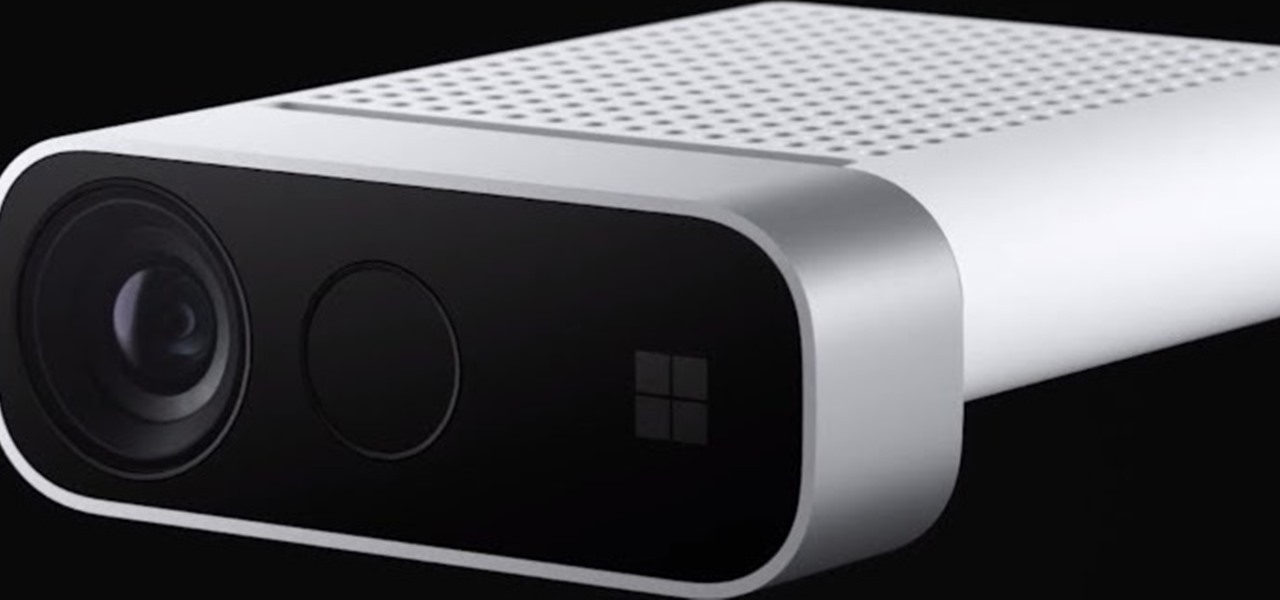








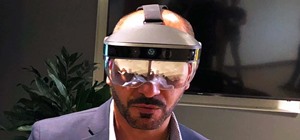
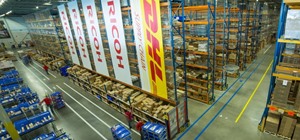
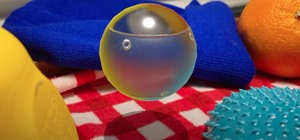

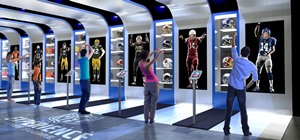

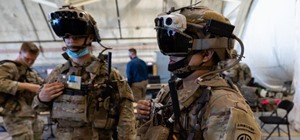

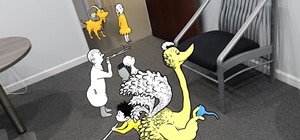


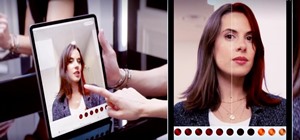
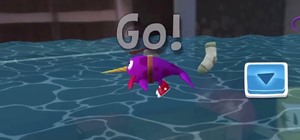
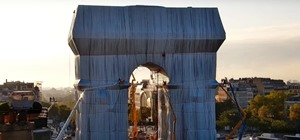
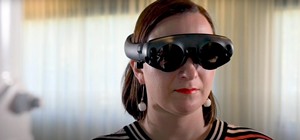

Be the First to Comment
Share Your Thoughts